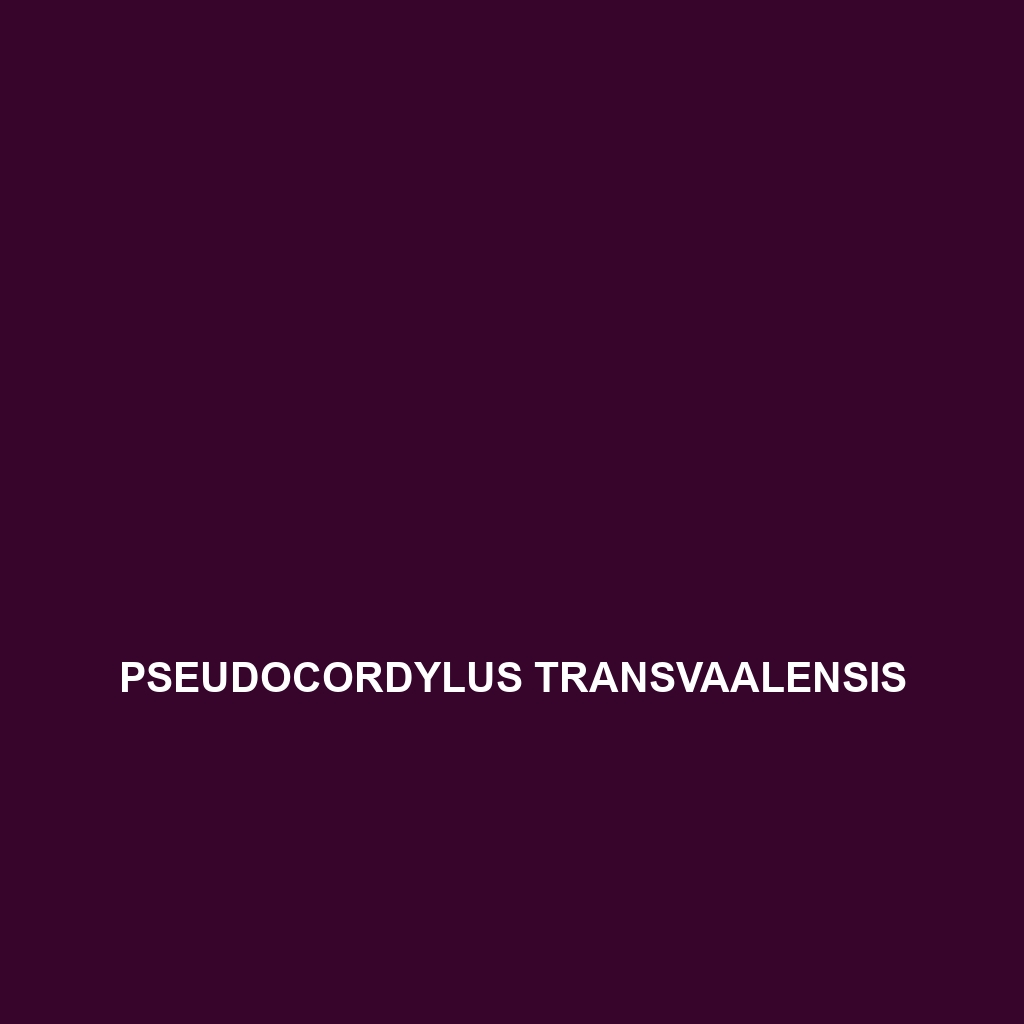<b>Prasinohaema parkeri</b>, known as the green-blooded skink, thrives in the tropical rainforests of Papua New Guinea and the Solomon Islands, showcasing distinctive green blood due to high biliverdin levels. This unique insectivorous reptile, measuring 18 to 28 cm, plays a crucial role in its ecosystem by regulating insect populations and promoting biodiversity through seed dispersal.
Tag: reptile conservation status
Ptenopus garrulus
Discover the Ptenopus garrulus, or garrulous gecko, a nocturnal reptile native to the sandy savannas and dry woodlands of southern Africa. With its distinct coloration, specialized toe pads, and fascinating behaviors, this insectivorous species plays a crucial role in its ecosystem as a natural pest controller.
Pseudogekko brevipes
<p><b>Pseudogekko brevipes</b>, known as the short-footed gecko, is a tropical rainforest inhabitant from Southeast Asia, recognized for its vibrant green and brown coloration, measuring 6 to 8 inches in length. This nocturnal insectivore plays a vital role in controlling insect populations and exhibits fascinating behaviors, including tail regeneration and color changes for communication and camouflage.</p>
Pseudocordylus transvaalensis
Pseudocordylus transvaalensis, known as the Transvaal Girdled Lizard, is a robust, stocky lizard native to the semi-arid regions of southern Africa, characterized by its spiny dorsal scales and camouflage against rocky terrains. Primarily insectivorous, this diurnal species plays a crucial role in its ecosystem by regulating insect populations while serving as prey for larger predators.
Pseudocalotes guttalineatus
The <b>Pseudocalotes guttalineatus</b>, or lined tree lizard, is a striking, arboreal species native to Southeast Asia, exhibiting vibrant color variations and unique adaptations for navigating its tropical rainforest habitat. As a primarily insectivorous lizard, it plays a crucial role in its ecosystem, controlling insect populations and serving as prey for larger animals.
Proctoporus unsaacae
Proctoporus unsaacae is a small to medium-sized lizard, typically 10 to 15 cm in length, found in the temperate regions of the Andes Mountains in Peru. This diurnal insectivore is well-adapted to its rocky, high-altitude habitat, showcasing unique physical traits such as a flattened head and prehensile tail, making it an important predator and prey within its ecosystem.
Prasinohaema prehensicauda
Discover the stunning Prasinohaema prehensicauda, or prehensile-tailed green skink, known for its vibrant green coloration and agile, arboreal lifestyle in the tropical rainforests of New Guinea. This insectivorous reptile features a unique prehensile tail and plays a crucial role in maintaining ecological balance by controlling insect populations.
Prasinohaema parkeri
<b>Prasinohaema parkeri</b>, known as the green-blooded skink, thrives in the tropical rainforests of Papua New Guinea and the Solomon Islands, showcasing distinctive green blood due to high biliverdin levels. This unique insectivorous reptile, measuring 18 to 28 cm, plays a crucial role in its ecosystem by regulating insect populations and promoting biodiversity through seed dispersal.
Platyceps najadum
Discover the Mediterranean Sand Snake, or <b>Platyceps najadum</b>, a slender, agile reptile thriving in sandy soils and diverse Mediterranean habitats. With its unique burrowing abilities and striking coloration, this fascinating insectivore plays a vital role in maintaining ecological balance while showcasing intriguing behaviors during its mating season.
Phymaturus katenke
<p><b>Phymaturus katenke</b>, a vulnerable lizard native to the Patagonia region, thrives in rocky hills at elevations of 500 to 2000 meters. With its distinctive coloration and diurnal habits, this insectivorous species plays a crucial role in its ecosystem by controlling insect populations and serving as prey for larger predators.</p>









